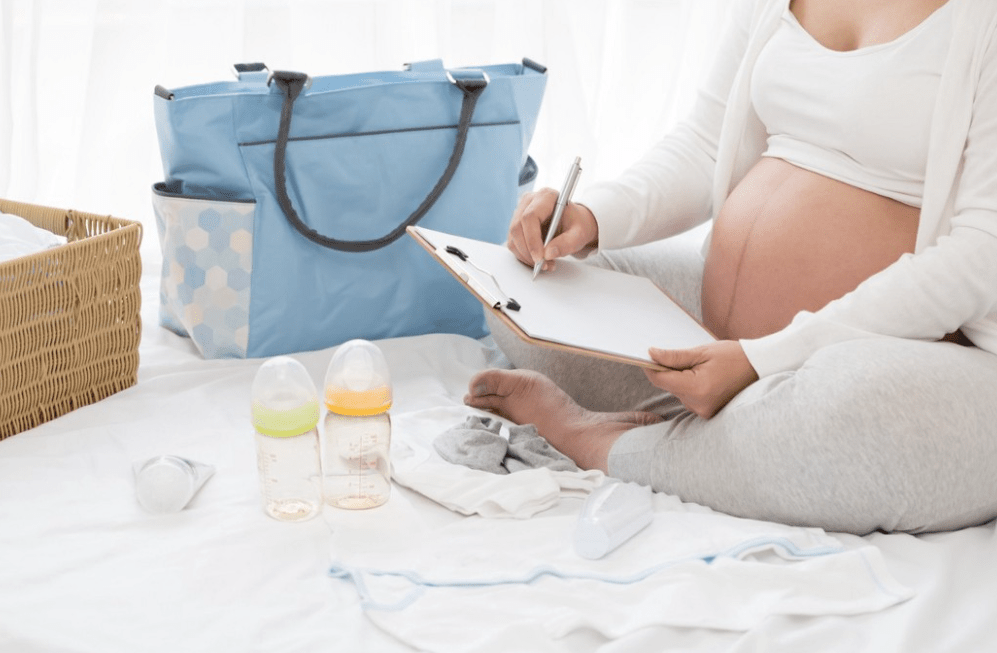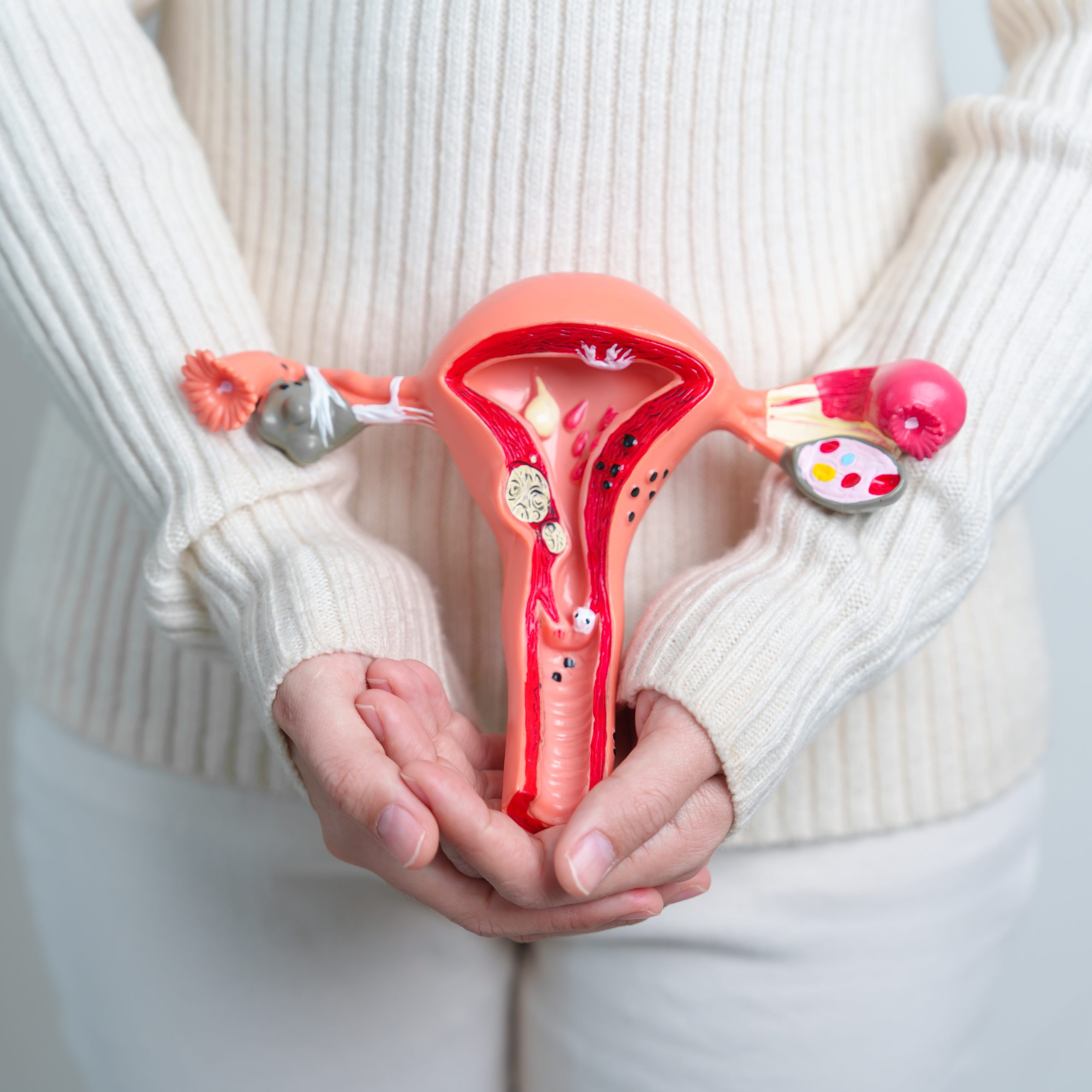Preparing for labor induction to get your baby delivered.
Get my baby out! As the due date approaches, the back pain, hip pain, insomnia, and fatigue add up. Many women are ready to meet their newborn. Others want to wait and let things happen naturally. Some women develop medical complications making delivery an urgent necessity. Inducing labor is one option.
Our Preparing For series allows a patient to prepare themselves for a procedure properly. We answer questions about how long the process will last, what’s involved, what to expect, and even advice on packing your bag. While your health care provider preps, we’ll make sure you’re ready.
What is labor induction?
Labor induction refers to the process of inducing or provoking labor with medication or other methods. Doctors and midwives can jumpstart the labor process to get your baby delivered.
Why induce labor?
Doctors and midwives induce labor in some instances to reduce the risk of continuing pregnancy past a certain point. When complications occur, obstetricians consider if the baby is safer on the inside or outside.
Common complications leading to labor induction include diabetes, preeclampsia, chronic high blood pressure, and poor fetal growth.
Sometimes induction is recommended if women stay pregnant beyond their due date. These situations are called post-term inductions. Each pregnancy must be managed individually, but most Obgyns recommend delivery before pregnancy week 41–42. This is because the risk of stillbirth increases significantly after 41 weeks.
Some women choose to induce labor for personal reasons. An elective induction may be scheduled after 39 weeks because of personal or social circumstances. Some women live far from the hospital and have a history of very rapid labor. Others prefer to schedule to arrange child care for their other children.
We respect a woman’s right to choose. An Obgyn and midwife will provide guidance and counsel in the joint decision-making process. One key component is the status of the cervix. The cervix is the opening of the uterus at the top of the vagina. Before choosing an elective induction of labor, it is essential to know if your body is ready.
The Bishop score can determine if the cervix is ready
Healthcare providers use a scoring system called the Bishop score to determine whether a patient is ready or primed for labor. As women near their due date, the cervix naturally prepares for delivery. It becomes softer, thinner, and may even start to dilate or open. The cervix also begins to move forward and down into the birth canal.
The Bishop score uses these factors to calculate a score. If the score is > 8, the cervix is deemed “favorable.” Favorable means the probability of vaginal delivery is similar for both spontaneous labor and induced labor. A score of less than 6 is called “unfavorable” and means that the cervix may not be ready for labor.
For women with an unfavorable cervix, we still have options. Medications to “ripen” the cervix can be used for labor induction.
We use the Bishop score to help us decide whether to offer induction and to guide our patient counseling. The status of the cervix helps us optimize the timing and method of induction.
How does labor induction work?
There are medical and mechanical methods of induction.
Medical methods include oral or vaginal prostaglandins and IV oxytocin. Both medications are synthetic versions of natural hormones that are involved in labor. Prostaglandins are used to “ripen” the cervix by thinning and softening the cervix in preparation for delivery. Cervical ripening is used when the Bishop score is low.
Mechanical methods include sweeping the membranes, using an inflatable balloon, and performing an amniotomy (breaking the bag of water around the baby).
In a membrane sweep, we sweep a gloved finger between the uterine wall and the thin membranes surrounding the baby. Sometimes, this stimulates contractions by causing your body to release natural prostaglandins. Membrane sweeping increases the probability of spontaneous labor within 48 hours. Afterward, women commonly experience spotting and irregular light contractions.
Placing a small balloon into the cervix is another way to open the cervix. In the balloon method, we use a small tube with an inflatable balloon called a Foley catheter to mechanically dilate the cervix.
Breaking water is another way to induce labor. The doctor or midwife uses a small sterile hook to make a small hole in the amniotic sac to release the amniotic fluids. This process is called an amniotomy. An amniotomy can provoke contractions or make them stronger.
Breaking water is often combined with an IV medication called oxytocin to stimulate labor. Oxytocin is naturally produced in the brain to provoke spontaneous labor. The same hormone can be delivered through an IV to get labor started.
How long does labor induction take?
The time from beginning induction to delivery varies with each patient. Some women will have a rapid course, and some will have a long labor. Long labor is more likely in women having their first babies and in women with low bishop scores. In these situations, labor induction is typically 24–30 hours.
Can my family be with me?
During the COVID 19 pandemic, the guidelines for visitor policies have changed. Most hospitals are allowing one family member during the induction. If there is an emergency, sometimes the support person will need to step outside of the room.
Can I still get an epidural?
The most recent studies show that epidurals do NOT increase the rate of cesarean delivery.
How should I prepare for labor induction?
The specific instructions should be reviewed during your final OB appointment. We check the cervix at that time to aid in formulating your induction plan. We may even perform a membrane sweep to give you a head start.
You should also confirm the date, time, and location of the induction. We will need to carefully review your medications, plan when the last dose should be taken prior to the induction, and when to resume medications. This is particularly important for patients taking aspirin, blood pressure medicines, and diabetes medications. Your medication and food allergies should also be reviewed.
Try to get plenty of sleep before the induction date. Inductions can sometimes feel like a marathon, both physically and mentally. It is so important to keep an open mind. Labor is unpredictable — there are so many factors that are not in anyone’s control. So things may not go exactly as planned. We all need to be flexible. Your labor team will do everything possible to ensure you and your baby’s safety.
What should I pack for the hospital?
If you plan on cord blood banking, please bring your kit with you to the hospital on the day of induction.
The hospital will supply almost everything you and your baby will need for your stay, including gowns, pads, underwear, baby clothing, diapers, breast pumps, formula, and bottles.
However, you will need to bring clothes and supplies for your trip home. Some women also prefer to bring some of their own things to be more comfortable, such as their toothbrush, comfortable clothing, and toiletries.
The hospital will perform a car seat check before discharge, so it must be purchased before discharge. If you have never installed a car seat, try a few practice-runs before delivery. Setting up a car seat for the first time can be an adventure.
What are the risks of inducing labor?
The most common risk is that the induction fails to result in a vaginal delivery. Risk factors for failed induction include first baby, low bishop score, obesity, and early delivery.
The most common reasons for a cesarean birth during labor induction are unsuccessful labor and fetal distress. The contractions may fail to open the cervix enough for the baby to pass through the birth canal. Fetal distress means that the baby’s heart rhythm is abnormal and indicates that the baby’s health is in danger.
Delivery via cesarean section may be the fastest way to remove the baby from the stress of labor and the fastest way for the medical team to assess the baby.
The medications used to induce labor can occasionally over-stimulate the uterus. This means that the contractions are too frequent. When this occurs, it may stress the baby and cause changes in the fetal heart rhythm. Typically, over-stimulation is easily resolved by stopping the induction medication or using a different medication to relax the uterus.
The other risks are similar to the risks of vaginal delivery, such as infection and bleeding. Rarely, labor induction is associated with uterine rupture.
Most women who undergo a labor induction will have a vaginal delivery.
Thank you to BeingWell for publishing this article on Medium.
Blog Author: Dr. Reshma Patel
Main Blog Photo By: nicoletaionescu Istock by Getty













